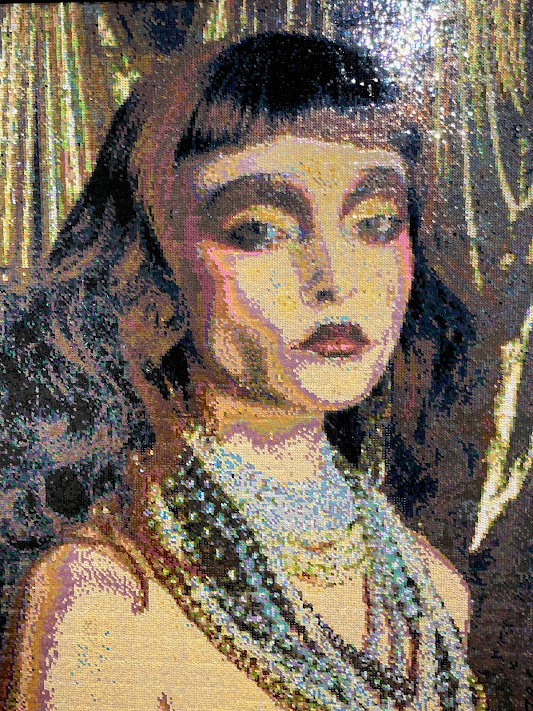(Drivebycuriosity) - Isaac Newton, who lived from 1642 through 1727, had a great influence on the advance of scientific thinking and inspired many authors. Philip Kerr, the writer of many popular books, wrote a crime mystery novel around the great thinker, called "Dark Matter: The Private Life of Sir Isaac Newton: A Novel" (amazon ). Maybe the marketing department of his publisher coined the unfortunate title, there is not much about "dark matter" or the private life of Newton.
The novel is written in first person and claims to be the report of Christopher Ellis, who indeed had worked with Newton for some time, when the scientist was the Warden of the Royal Mint, which controlled the English money supply. The plot focuses on a series of murders which are not only unfortunate for the victims, they are also challenging the Royal Mint and so England`s economy during one of so many wars with France (this is a spoiler free blog).
"Dark Matter" is written in the style and grammar of this time, like an authentic report. Apparently the author was inspired by the much better diaries of Samuel Pepys, who appears in the story ( wikipedia). Newton is represented as a kind of Sherlock Holmes, who uses his scientific & analytical skills. Kerr`s Christopher Ellis adds some cloak-and-dagger adventures and a bit explicit sex. Anyway, I found the book increasingly tedious and unbelievable. Newton deserves better.































